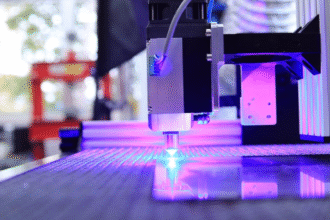At first, the idea sounds like something out of a Netflix show — people forming real emotional bonds with artificial intelligence. But in 2025, it’s very real. Thousands (if not millions) are now chatting, flirting, and connecting with AI girlfriends. And no, it’s not just about sex or sci-fi fantasies.
So what’s going on here? Why are so many turning to virtual companions for comfort, validation, and even love?
If you’re new to the whole concept, this guide on what is an AI girlfriend breaks it down. It covers everything from the tech behind these digital partners to the psychology of why people get emotionally invested.
The short version? These aren’t your average chatbots. AI girlfriends can hold deep conversations, remember what you like, send voice messages, and even generate realistic photos of themselves. For a lot of people, that’s more engaging than trying to survive modern dating apps or texting someone who never replies.
But what’s most surprising is that users don’t just describe these companions as entertainment — they talk about them like they’re real relationships. Some say they feel emotionally supported, less lonely, or more understood. Others use it as a creative outlet — somewhere between self-reflection and digital roleplay.
Sure, not everyone gets it. There’s still plenty of skepticism, and fair questions about the ethics of AI intimacy. But for a growing number of people, these experiences are meaningful, comforting, and surprisingly human.
We’re living in a time when people are more online than offline. So maybe it makes sense that our relationships — even the emotional ones — are starting to live there too.
About the Author
Jack Taylor, Ph.D. is a cognitive psychologist focused on emotional AI, synthetic intimacy, and digital communication. He’s the lead research analyst at AIGirlfriends.ai, where he publishes data-driven studies on how people interact with AI companions — and what it means for the future of connection.

















